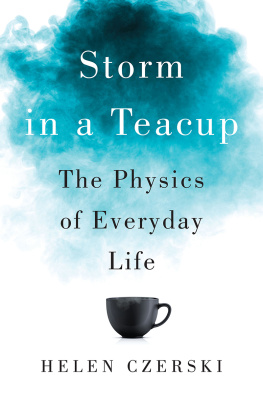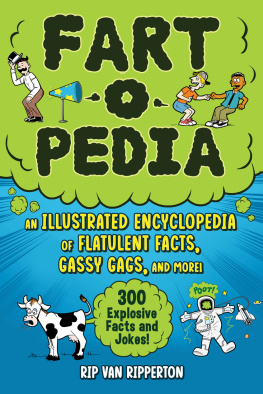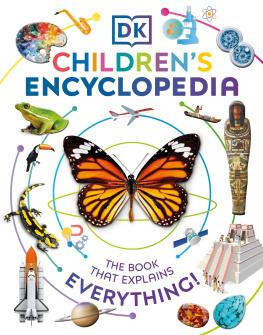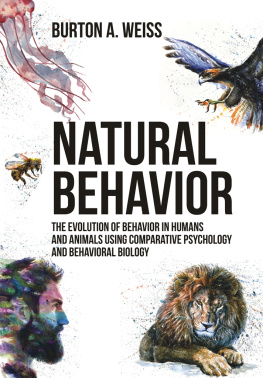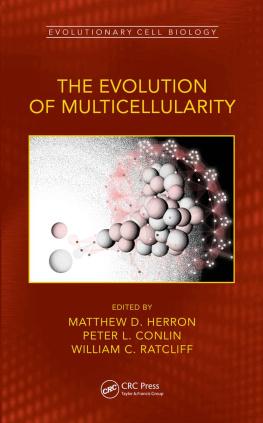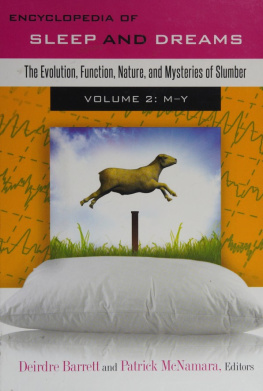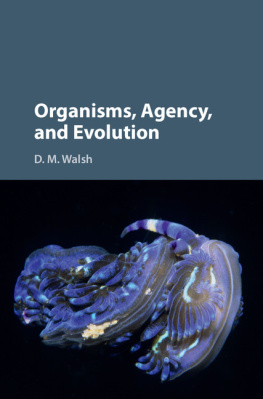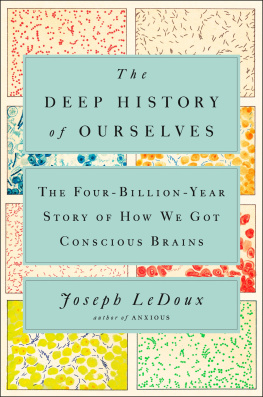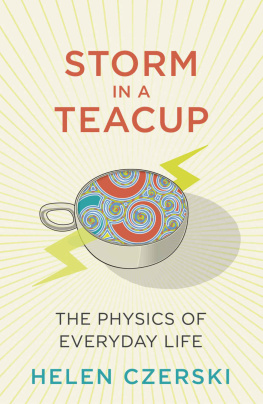Czerski - Storm in a Teacup
Here you can read online Czerski - Storm in a Teacup full text of the book (entire story) in english for free. Download pdf and epub, get meaning, cover and reviews about this ebook. year: 2009, publisher: W. W. Norton & Company, genre: Children. Description of the work, (preface) as well as reviews are available. Best literature library LitArk.com created for fans of good reading and offers a wide selection of genres:
Romance novel
Science fiction
Adventure
Detective
Science
History
Home and family
Prose
Art
Politics
Computer
Non-fiction
Religion
Business
Children
Humor
Choose a favorite category and find really read worthwhile books. Enjoy immersion in the world of imagination, feel the emotions of the characters or learn something new for yourself, make an fascinating discovery.
Storm in a Teacup: summary, description and annotation
We offer to read an annotation, description, summary or preface (depends on what the author of the book "Storm in a Teacup" wrote himself). If you haven't found the necessary information about the book — write in the comments, we will try to find it.
Storm in a Teacup — read online for free the complete book (whole text) full work
Below is the text of the book, divided by pages. System saving the place of the last page read, allows you to conveniently read the book "Storm in a Teacup" online for free, without having to search again every time where you left off. Put a bookmark, and you can go to the page where you finished reading at any time.
Font size:
Interval:
Bookmark:


To my parents,
Jan and Sue
While I was a university student, I spent a while doing physics revision at my Nanas house. Nana, a down-to-earth northerner, was very impressed when I told her that I was studying the structure of the atom.
Ooh, she said, and what can you do when you know that?
It is a very good question.
W E LIVE ON the edge, perched on the boundary between planet Earth and the rest of the universe. On a clear night, anyone can admire the vast legions of bright stars, familiar and permanent, landmarks unique to our place in the cosmos. Every human civilization has seen the stars, but no one has touched them. Our home here on Earth is the opposite: messy, changeable, bursting with novelty and full of things that we touch and tweak every day. This is the place to look if youre interested in what makes the universe tick. The physical world is full of startling variety, caused by the same principles and the same atoms combining in different ways to produce a rich bounty of outcomes. But this diversity isnt random. Our world is full of patterns.
If you pour milk into your tea and give it a quick stir, youll see a swirl, a spiral of two fluids circling each other while barely touching. In your teacup, the spiral lasts just a few seconds before the two liquids mix completely. But it was there for long enough to be seen, a brief reminder that liquids mix in beautiful swirling patterns and not by merging instantaneously. The same pattern can be seen in other places too, for the same reason. If you look down on the Earth from space, you will often see very similar swirls in the clouds, made where warm air and cold air waltz around each other instead of mixing directly. In Britain, these swirls come rolling across the Atlantic from the west on a regular basis, causing our notoriously changeable weather. They form at the boundary between cold polar air to the north and warm tropical air to the south. The cool and warm air chase each other around in circles, and you can see the pattern clearly on satellite images. We know these swirls as depressions or cyclones, and we experience rapid changes between wind, rain, and sunshine as the arms of the spiral spin past.
A rotating storm might seem to have very little in common with a stirred mug of tea, but the similarity in the patterns is more than coincidence. Its a clue that hints at something more fundamental. Hidden beneath both is a systematic basis for all such formations, one discovered and explored and tested by rigorous experiments carried out by generations of humans. This process of discovery is science: the continual refinement and testing of our understanding, alongside the digging that reveals even more to be understood.
Sometimes a pattern is easy to spot in new places. But sometimes the connection goes a little bit deeper and so its all the more satisfying when it finally emerges. For example, you might not think that scorpions and cyclists have much in common. But they both use the same scientific trick to survive, although in opposite ways.
A moonless night in the North American desert is cold and quiet. Finding anything out here seems close to impossible, since the ground is lit only by dim starlight. But to find one particular treasure, you equip yourself with a special flashlight and set out into the darkness. The flashlight needs to be one that produces light that is invisible to our species: ultraviolet light, or black light. As the beam roams across the ground, its impossible to tell exactly where its pointing because its invisible. Then theres a flash, and the darkness of the desert is punctured by a surprised scuttling patch of eerie bright blue-green. Its a scorpion.
This is how enthusiasts find scorpions. These black arachnids have pigments in their exoskeleton that take in ultraviolet light that we cant see and give back visible light that we can see. Its a really clever technique, although if youre scared of scorpions to start with, your appreciation might be a little muted. The name for this trick of the light is fluorescence. The blue-green scorpion glow is thought to be an adaptation to help the scorpions find the best hiding places at dusk. Ultraviolet light is around all the time, but at dusk, when the sun has just slipped below the horizon, most of the visible light has gone and only the ultraviolet is left. So if the scorpion is out in the open, it will glow and be easy to spot because there isnt much other blue or green light around. If the scorpion is even slightly exposed, it can detect its own glow and so it knows it needs to do a better job of hiding. Its an elegant and effective signaling systemor was until the humans bearing ultraviolet torches turned up.
Fortunately for the arachnophobes, you dont need to be in a scorpion-populated desert at night to see fluorescenceits pretty common on a dull morning in the city as well. Look again at those safety-conscious cyclists: their high-visibility jackets seem oddly bright compared with the surroundings. It looks as though theyre glowing, and thats because they are. On cloudy days, the clouds block the visible light, but lots of ultraviolet still gets through. The pigments in the high-visibility jackets are taking in the ultraviolet and giving back visible light. Its exactly the same trick the scorpions are playing, but for the opposite reason. The cyclists want to glow; if theyre emitting that extra light, theyre easier to see and so safer. This sort of fluorescence is pretty much a free lunch for humans; were not aware of the ultraviolet light in the first place, so we dont lose anything when it gets turned into something we can use.
Its fascinating that it happens at all, but the real joy for me is that a nugget of physics like that isnt just an interesting fact: Its a tool that you carry with you. It can be useful anywhere. In this case, the same bit of physics helps both scorpions and cyclists survive. It also makes tonic water glow under ultraviolet light, because the quinine in it is fluorescent. And its how laundry brighteners and highlighter pens work their magic. Next time you look at a highlighted paragraph, bear in mind that the highlighter ink is also acting as an ultraviolet detector; even though you cant see the ultraviolet directly, you know its there because of this glow.
I studied physics because it explained things that I was interested in. It allowed me to look around and see the mechanisms making our everyday world tick. Best of all, it let me work some of them out for myself. Even though Im a professional physicist now, lots of the things Ive worked out for myself havent involved laboratories or complicated computer software or expensive experiments. The most satisfying discoveries have come from random things I was playing with when I wasnt meant to be doing science at all. Knowing about some basic bits of physics turns the world into a toybox.
There is sometimes a bit of snobbery about the science found in kitchens and gardens and city streets. Its seen as something to occupy children with, a trivial distraction which is important for the young, but of no real use to adults. An adult might buy a book about how the universe works, and thats seen as being a proper adult topic. But that attitude misses something very important: The same physics applies everywhere. A toaster can teach you about some of the most fundamental laws of physics, and the benefit of a toaster is that youve probably got one, and you can see it working for yourself. Physics is awesome precisely because the same patterns are universal: They exist both in the kitchen and in the farthest reaches of the universe. The advantage of looking at the toaster first is that even if you never get to worry about the temperature of the universe, you still know why your toast is hot. But once youre familiar with the pattern, you will recognize it in many other places, and some of those other places will be the most impressive achievements of human society. Learning the science of the everyday is a direct route to the background knowledge about the world that every citizen needs in order to participate fully in society.
Next pageFont size:
Interval:
Bookmark:
Similar books «Storm in a Teacup»
Look at similar books to Storm in a Teacup. We have selected literature similar in name and meaning in the hope of providing readers with more options to find new, interesting, not yet read works.
Discussion, reviews of the book Storm in a Teacup and just readers' own opinions. Leave your comments, write what you think about the work, its meaning or the main characters. Specify what exactly you liked and what you didn't like, and why you think so.

